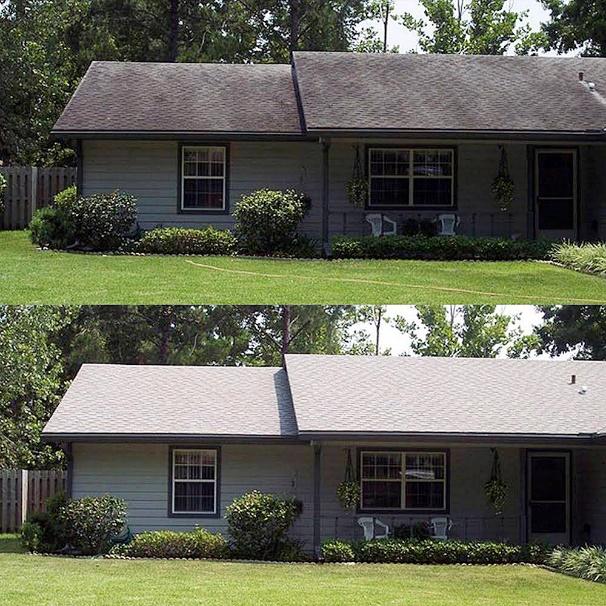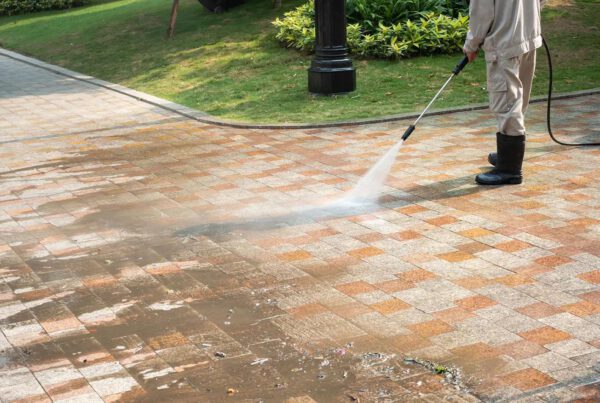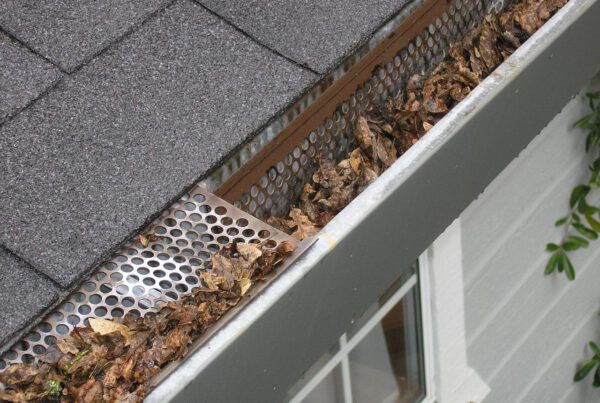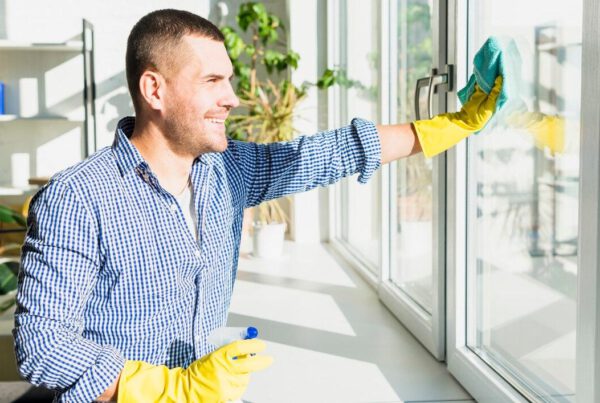Did you know that keeping your home’s exterior clean can actually extend its lifespan and boost property value? It’s true! Regular maintenance like soft washing can save you from costly repairs down the road. While many homeowners focus on the inside, the outside often takes the brunt of weather, grime, and organic growth like mold and algae.
Soft washing is a smart investment for your home. It’s a gentle yet powerful cleaning method that uses eco-friendly detergents to remove dirt, mold, and mildew from surfaces like roofs, siding, and decks.
But here’s the big question: How long does soft washing last?
In this post, we’ll break down exactly how long you can expect those sparkling results to last and what factors can shorten or extend the effectiveness of the process. Plus, you might also find some handy tips to keep your home looking its best year-round.
Ready to learn more? Let’s start digging!
What is Soft Washing?
Soft washing is a highly effective washing method that removes dirt, algae, mold, and mildew from exterior surfaces without causing damage. Soft washing stands in stark contrast to pressure washing and uses mild pressure to clean various surfaces.
How does it work?
The process of soft washing is very simple. Washers usually apply biodegradable cleaning solutions to break down grime or any other organic growth. The low-pressure technique allows cleaning solutions to penetrate and dissolve dirt, algae, and other contaminants. Afterward, the area is rinsed, leaving surfaces clean and refreshed.
Benefits of Soft Washing

- Non-damaging: Safe for a variety of materials like shingles, wood, vinyl, and stucco.
- Effective: Cleans deeply, removing contaminants that can damage surfaces over time.
- Longer-lasting results: The cleaning solution helps prevent the immediate return of mold, algae, and mildew, making it more effective than traditional pressure washing in many cases.
How Long Do Soft Washing Results Last?
It’s hard to share an exact timeframe for how long a soft wash lasts! It depends on several factors, like the surface being cleaned, your local climate, and how much exposure your home has to the elements.
However, with regular maintenance and a few preventative measures, you can stretch the life of your soft washing results. But again, you can’t neglect the ruling factors that will determine the longevity of your outcomes.
Let’s have a closer look and understand these factors and their effect on the lasting of soft wash.
Factors That Affect Soft Washing Longevity
To keep your curb shining for long, you need to understand the factors that can impact your soft washing results. A better understanding will help you maintain a cleaner home for longer.
- Climate and Weather
Your soft wash is often at the mercy of climatic elements. Let’s say you are living in a high-humidity area, so you might be experiencing quicker regrowth of mold, mildew, and algae. Similarly, areas with frequent rain can speed up dirt and organic buildup on your roof, siding, or deck. On the flip side, homes in drier climates may stay cleaner for longer stretches.
- Type of Surface Material
What type of material you are soft washing also matters! Porous materials like wood, concrete, and brick absorb moisture and grime more quickly, so dirt and mildew reappear faster. In contrast, vinyl siding or metal roofs (non-porous materials) stay clean longer after a soft wash.
- Frequency of Exposure to the Elements
Wind, salt air, and falling debris are harsh elements that can shorten the lifespan of a soft wash. So, if your home is closer to the coast, or if it is located under heavy tree cover, or even near an industrial area, you will require more frequent cleanings.
How Long Soft Wash Lasts on Different Surfaces
Now, to better understand how long soft wash results last on your home’s exterior, let’s take a look at the average lifespan of soft washing on different materials.
- Roofs
Lifespan: 2–3 years
Rooftops are places where unwanted growths, like algae, moss, and lichen, often find a home. If you are living in humid or shaded areas, these growths can spread quickly, and the soft wash will hardly last for 2-3 years
.
Also, the kind of roofing you have will affect how often you need to clean it. For example, roofs made of asphalt may need cleaning more often than those made of metal.
- Siding
Lifespan: 1–2 years
Siding made of vinyl, brick, or wood generally stays clean for about 1 to 2 years after a soft wash. However, if your siding is surrounded by trees or heavy vegetation, mildew may develop faster due to retained moisture.
- Decks and Fences
Lifespan: 1–2 years
Porous materials like wood tend to retain moisture, leading to quicker dirt buildup. Regular cleaning can keep these surfaces looking fresh and extend their lifespan. Wooden decks may need soft washing every 1 to 2 years due to heavy foot traffic, dirt accumulation, and natural wear.
- Concrete, Brick, and Stone Surfaces
Lifespan: 2–3 years
Driveways, patios, and walkways made of stone, brick, or concrete typically remain clean for up to 3 years. These non-porous surfaces are less prone to organic growth, but exposure to dirt, oil stains, and foot traffic can shorten the time between washes.
- Stucco and Painted Surfaces
Lifespan: 1–2 years
Soft washing effectively removes grime and mildew from stucco and painted surfaces, but homes in wet or coastal areas may need more frequent touch-ups. Coastal salt air can accelerate buildup, especially on painted exteriors.
- Gutters
Lifespan: 1 year
Gutters can stay clear for about a year after soft washing. However, surrounding trees and seasonal debris, particularly in the fall and spring, may require more frequent cleanings. Maintaining clean gutters helps prevent clogs and potential water damage.
Effective Tips to Extend the Life of Your Soft Washing
Regular maintenance helps you prevent bigger problems while reducing the need for frequent in-between washes. To maximize the longevity of your soft washing results, consider these maintenance recommendations:
- Regular Inspections
Inspect your property every few months, especially in shaded areas, eaves, and spots where water collects. - Seasonal Cleanings
Give your house a seasonal wash. Spring and fall are ideal times for soft washing, as they follow periods of significant environmental changes that can lead to buildup. Similarly, a thorough pre-winter cleaning helps prevent dirt and mold from getting trapped under snow and ice. - Professional Services
It is useful to hire professionals for regular soft washing. It ensures thorough and safe cleaning. Professional cleanings, scheduled annually or biannually, can also be more cost-effective in the long run by preventing unnecessary wear and tear from improper methods. - Preventative Measures
Consider applying mold- and algae-resistant treatments or coatings after a soft wash to slow down the regrowth of organic matter. Additionally, trimming back trees and bushes can reduce the amount of moisture and debris accumulation. - DIY Upkeep
In between professional soft washes, you can do some light cleaning yourself. Rinsing surfaces with a hose every few months can help wash away dirt and prevent it from setting in, ensuring your home stays fresh and clean longer.
To Sum Up
Soft washing is a valuable investment in maintaining your home’s exterior. It keeps your exterior clean and extends its life span. While the results generally last 1 to 3 years, factors like climate, surface type, and regular maintenance play a big role in determining how long the soft wash will last. Regularly inspect your property, perform seasonal checks, and opt for professional services once or twice a year. With a little attention and upkeep, you can keep your home looking fresh and beautiful year-round!




